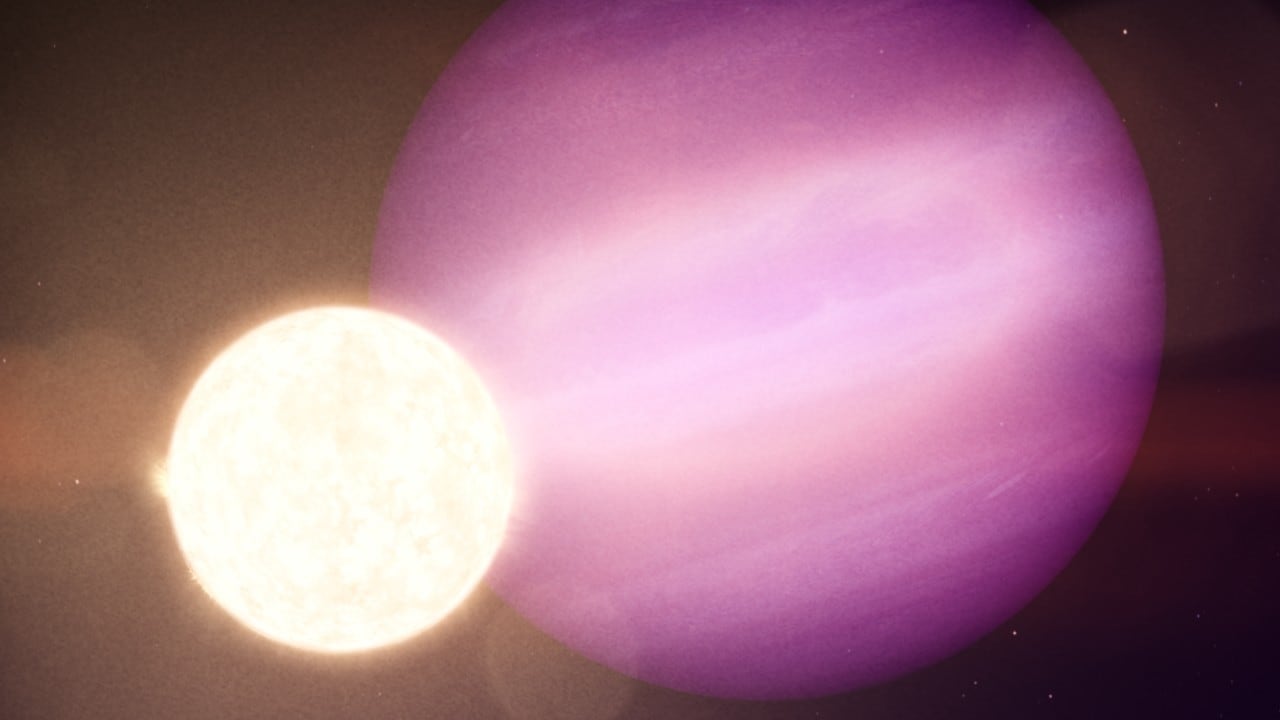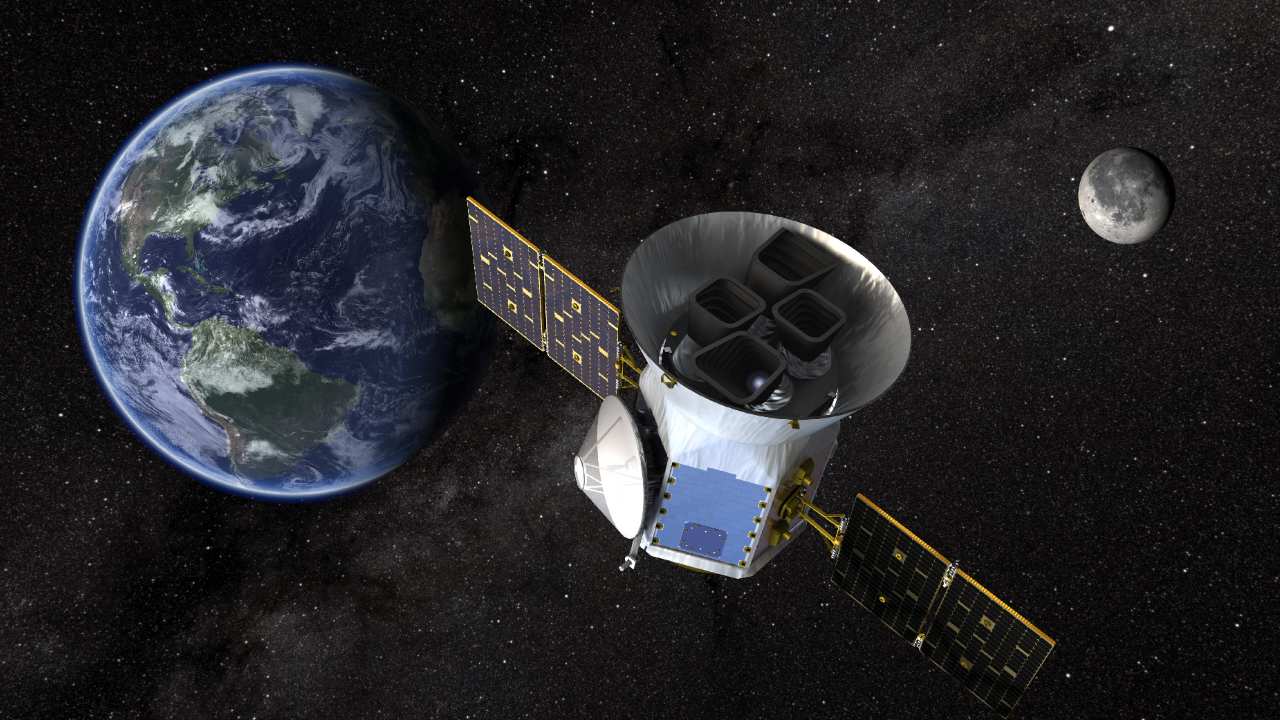FP TrendingSep 21, 2020 18:44:30 IST
A team of international astronomers has discovered what may be the first intact planet found closely orbiting a white dwarf. They made the discovery using NASA’s Transiting Exoplanet Survey Satellite (TESS) and the retired Spitzer Space Telescope. A white dwarf is the remnant of a star that has exhausted its nuclear fuel but does not have the mass to become a neutron star. This particular white dwarf is only 40 percent larger than Earth.
As per a statement by NASA, the Jupiter-sized object, called WD 1856 b, is about seven times larger than the white dwarf, named WD 1856+534. The planet circles the white dwarf every 34 hours, which is more than 60 times faster than Mercury orbiting our Sun.
According to the lead author of the study, Andrew Vanderburg, an assistant professor of astronomy at the University of Wisconsin-Madison, WD 1856 b somehow managed to get close to the white dwarf and still managed to stay in one piece.

In this illustration, WD 1856 b, a potential Jupiter-size planet, orbits its much smaller host star, a dim white dwarf. Image: NASA
“The white dwarf creation process destroys nearby planets, and anything that later gets too close is usually torn apart by the star’s immense gravity. We still have many questions about how WD 1856 b arrived at its current location without meeting one of those fates,” Vanderburg said.
TESS monitors large areas of the sky for nearly a month at a time, allowing it to find exoplanet by capturing changes in stellar brightness caused when a planet crosses or transits its star.
As per the study authors, WD 1856 b is about 80 light-years away in the northern constellation Draco. It orbits a white dwarf around 18,000 kms across which may be up to 10 billion years old and is a distant member of a triple star system.
While objects near a white dwarf get incinerated during the process of its formation, Vanderburg and his team estimate the planet must have originated at least 50 times farther away from its present location.

NASA’s Transiting Exoplanet Survey Satellite (TESS) has completed its two-year primary mission and is continuing its search for new worlds. Image credit: NASA
Co-author Siyi Xu, an assistant astronomer at the international Gemini Observatory in Hilo, Hawaii, added that even though it is known that after white dwarfs are born, distant small objects can scatter inward towards these stars and usually get pulled apart by a white dwarf’s strong gravity and turn into a debris disk, this seems to be the first time a planet has made the whole journey intact.
Looking out for a possible world orbiting within the proximity of a white dwarf prompted the researchers to consider the implications for studying atmospheres of small rocky worlds in similar situations.
Co-author Kaltenegger, the director of Cornell’s Carl Sagan Institute added that the discovery of WD 1856 b suggests that planets may actually survive the formation of white dwarfs. According to the researcher, in the right conditions, those worlds could maintain favourable conditions for living longer than the time scale predicted for Earth.
Post a Comment